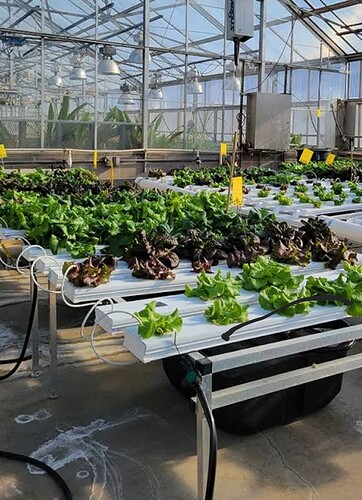As urban spaces shrink and lifestyles become busier, indoor urban gardens and hydroponic systems offer a modern solution for homeowners seeking fresh produce, aesthetic appeal, and a connection with nature. These innovative setups allow people to grow vegetables, herbs, and decorative plants inside their homes, without the need for traditional soil-based gardens. With compact designs, sustainable practices, and year-round productivity, indoor gardening is reshaping the way we think about home renovation and living spaces.
The Concept of Indoor Urban Gardens
Indoor urban gardens involve cultivating plants inside residential spaces, often using containers, vertical planters, or raised beds. They are particularly suited for apartments, lofts, or homes with limited outdoor space. By integrating greenery indoors, homeowners can improve air quality, reduce stress, and create a visually appealing environment. Unlike conventional gardens, indoor setups offer control over lighting, temperature, and humidity, ensuring plants thrive throughout the year.
Hydroponic Systems: Soil-Free Gardening
Hydroponics is a method of growing plants without soil, using nutrient-rich water solutions to deliver essential minerals directly to the roots. This system saves space, reduces water consumption, and accelerates growth rates compared to traditional gardening. Hydroponic setups can be scaled to fit small kitchens, balconies, or dedicated indoor greenhouses. Popular hydroponic systems include nutrient film technique (NFT), deep water culture (DWC), and vertical towers, each offering different benefits for plant growth and space efficiency.
Designing an Indoor Garden
Creating an indoor urban garden requires careful planning to optimize both aesthetics and functionality. Vertical gardens, wall-mounted planters, and tiered shelves maximize limited space while providing a striking visual element. Proper lighting is crucial; LED grow lights simulate sunlight, ensuring plants receive sufficient energy for photosynthesis. Ventilation and humidity control prevent mold and promote healthy growth, while compact water pumps and automated nutrient systems simplify maintenance.
Benefits Beyond Fresh Produce
Indoor gardens and hydroponic systems provide more than just fresh herbs and vegetables. They contribute to mental well-being by creating a calming, green environment within the home. Studies show that interacting with plants can reduce stress, boost creativity, and improve focus—beneficial for home offices or multi-functional rooms. Additionally, growing your own produce reduces trips to the store, supports sustainable living, and can even lower grocery costs over time.
Integrating Indoor Gardens into Home Design
Modern home renovations increasingly incorporate greenery as an integral design element. Indoor gardens can serve as room dividers, decorative features, or focal points in living rooms, kitchens, or sunrooms. Hydroponic towers or modular plant walls allow for flexible layouts, blending seamlessly with minimalist, industrial, or contemporary interior styles. Combined with multi-functional spaces, these gardens add both visual appeal and practical utility, enhancing overall home value and livability.
Conclusion
Indoor urban gardens and hydroponic setups bring nature inside, offering sustainable food production, aesthetic beauty, and mental health benefits. By integrating smart design, technology, and thoughtful placement, homeowners can transform underutilized spaces into thriving green zones. These innovative gardening solutions exemplify how modern renovations can balance functionality, style, and environmental consciousness, making homes healthier, more enjoyable, and uniquely p
ersonalized.

